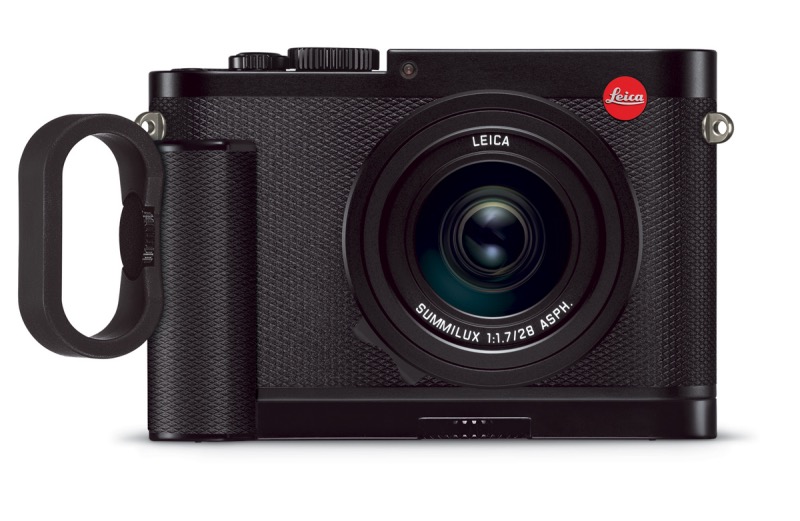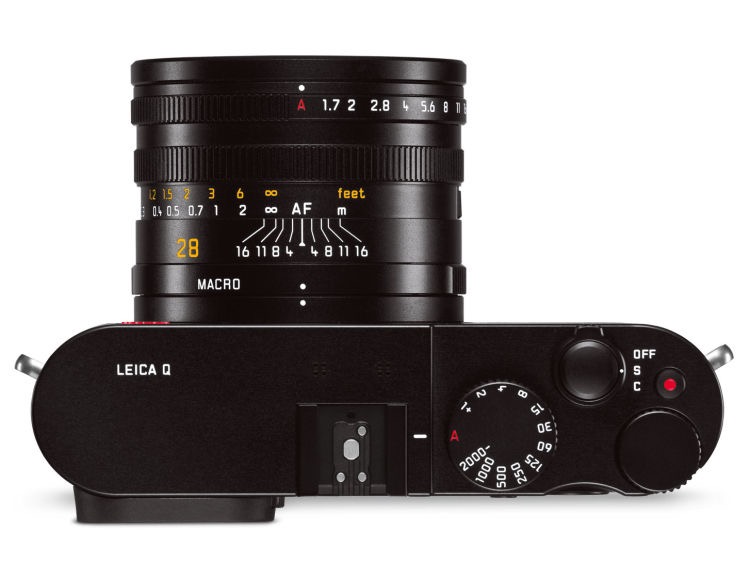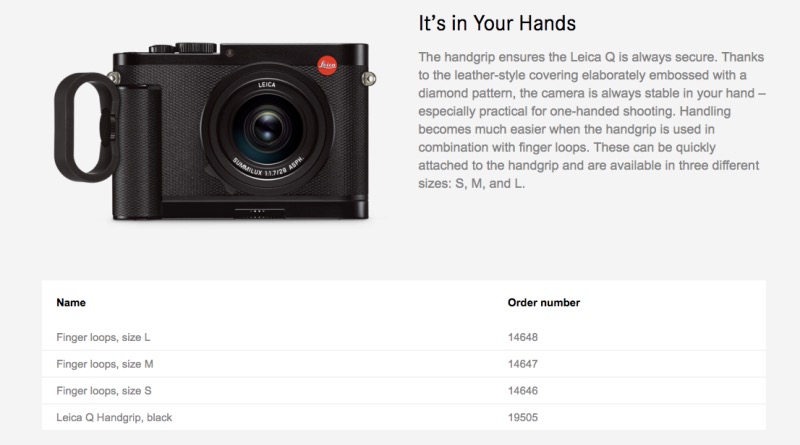Leica may finally have done it right.

The Leica ideal was always about street photography. Fast, quiet (well, OK, reasonably quiet), with great lenses and fairly robust bodies. And none of Leica’s digital M film clones has managed to capture the spirit of the M2/3/4 which were the definitive rangefinder film cameras. The digital variants were either silly and deeply flawed, like the M8 with it’s half frame sensor which rendered wide angle lenses useless, not to mention its host of technical issues/random lock-ups/purple casts and so on, or the cameras simply started getting fat. An M9/M240 body is nowhere near as svelte as an M2 and still retains a clunky, bog slow optical rangefinder with manual focus only, not to mention a far from silent shutter. Every time I read some hack going on about how quiet his M’s shutter is I laugh. It’s not remotely quiet, and only a mirrored DSLR user could accuse it of being so.
However, it rather seems as if Leica may have finally got it right with the Leica Q, announced yesterday. Sure, not cheap at $4,250 with a fixed 28mm f/1.7 Summilux lens and not especially small, but it’s full frame, reviews suggest the sensor/software are excellent and it has autofocus. Further, there’s a silent electronic shutter mode, no optical rangefinder to go out of alignment as soon as you look at it and the whole thing rather harkens back to those compact and capable Leica Ms of yore.
The top plate is surpassingly simple and the street snapper can disregard the movie mode and the LCD rear display. There’s a high quality EVF, finally, and the autofocus is reputed to be snappy and accurate. Why, there’s even wi-fi capability and an iPhone app for remote operation and the like. Leica’s association with Panasonic is beginning to bear fruit.

Automation follows the approach seen in the Panasonic LX100. Turn either the aperture ring to ‘A’ for shutter priority, the shutter dial to ‘A’ for aperture priority or both for program automation. The test shots I have seen from the lens suggests it’s a crackerjack and while it’s not exactly small, the overall price becomes more palatable when you look at what a 28mm Summicron or Summilux for the M runs. There’s a handy macro mode and up to 10 images can be machine-gunned every second for those of the video generation incapable of capturing the decisive moment.
That ‘not exactly small’ lens shows that not even the optical geniuses in Wetzlar can alter the laws of physics. You want a fast aperture and full frame coverage, this is the result and it’s why I am not getting a Q. You get a camera which is not exactly small with an outstanding optic, one that appears to be as good as it gets at any price. For this street snapper the right answer is Panny’s LX100 where you get the same ergonomics and f/1.7 in a far smaller body with one signal advantage. The lens zooms from 24mm to 75mm. Yes, the frame is one quarter the size so there’s more depth of field than you want (PS and the Magic Lasso tool easily fixes that) and at the extreme gargantuan prints from the Q will be easier to make, but the trade offs are all in the wrong direction – bulk and weight. And 4x the sensor size also means 4x the cost. Steal my LX100 and I buy another. Nab my Q and it’s debtors’ gaol.
Finger loops come in three sizes and allow the carrying strap to be dispensed with. As for the objectionable ‘look at me’ red dot on the front, a spot of electrician’s tape will put paid to that.

A very exciting development and if the camera lives up to the early reviews Leica is to be congratulated. Now let’s hope they come up with a fixed lens 90mm f/2 variant for an ideal two camera street outfit. Why, like my two GX7s with 35mm and 85mm lenses ….
The factory’s web site is here.